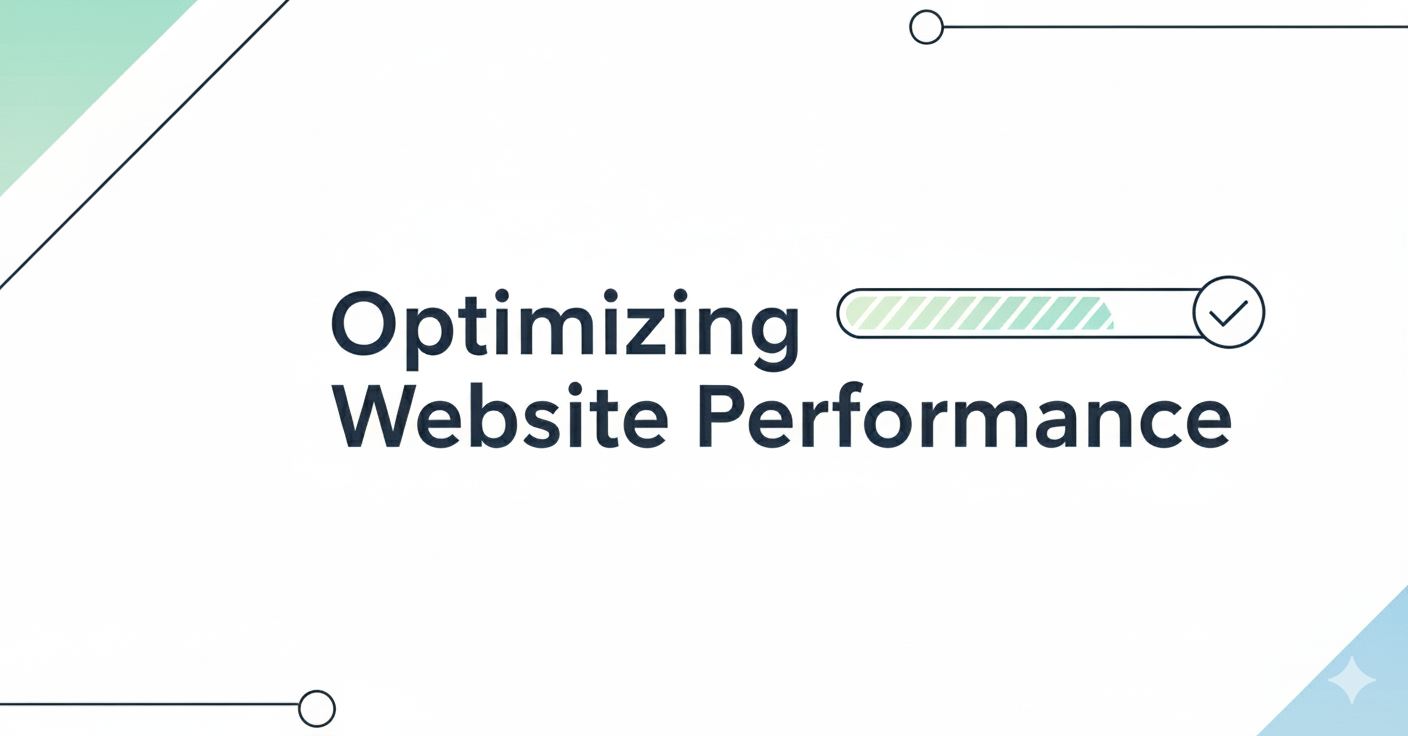
Optimizing Website Performance: Best Practices
Optimizing Website Performance
In today’s digital landscape, website performance is more important than ever. Users expect fast-loading websites, and search engines like Google use site speed as a ranking factor. In this post, I’ll share some best practices for optimizing your website’s performance.
Why Performance Matters
Before diving into optimization techniques, let’s understand why performance is crucial:
- User Experience: Studies show that 53% of mobile users abandon sites that take longer than 3 seconds to load.
- Conversion Rates: A 1-second delay in page load time can result in a 7% reduction in conversions.
- SEO Ranking: Google considers page speed as one of its ranking factors.
- Accessibility: Faster websites are more accessible to users with slower internet connections.
Core Web Vitals
Google’s Core Web Vitals are a set of specific factors that measure user experience quality on the web:
- Largest Contentful Paint (LCP): Measures loading performance. For good user experience, LCP should occur within 2.5 seconds of when the page first starts loading.
- First Input Delay (FID): Measures interactivity. For good user experience, pages should have an FID of less than 100 milliseconds.
- Cumulative Layout Shift (CLS): Measures visual stability. For good user experience, pages should maintain a CLS of less than 0.1.
Performance Optimization Strategies
1. Optimize Images
Images often account for most of the downloaded bytes on a webpage. Optimizing them can significantly improve load times:
- Use modern formats like WebP instead of JPEG/PNG
- Implement responsive images using the
srcsetattribute - Lazy load images that are below the fold
2. Minimize JavaScript and CSS
Unused CSS and JavaScript can slow down your site:
- Remove unused CSS/JS
- Minify and compress your code
- Consider code-splitting to load only what’s necessary
3. Leverage Browser Caching
Caching can significantly speed up repeat visits:
<!-- Example of cache control headers -->
<meta http-equiv="Cache-Control" content="max-age=31536000">4. Use a Content Delivery Network (CDN)
CDNs distribute your content across multiple locations around the world, reducing latency:
- Popular options include Cloudflare, Fastly, and AWS CloudFront
- Most hosting providers offer built-in CDN options
5. Implement Critical CSS
Critical CSS is the minimum CSS required to render the above-the-fold content:
<style>
/* Critical CSS goes here */
header, .hero-section, .main-nav {
/* Styles for visible elements */
}
</style>
<link rel="preload" href="full-styles.css" as="style" onload="this.onload=null;this.rel='stylesheet'">Tools for Performance Testing
To measure your website’s performance, use these tools:
- Google PageSpeed Insights
- WebPageTest
- Lighthouse
- Chrome DevTools Performance tab
Conclusion
Optimizing website performance is an ongoing process rather than a one-time task. Regularly test your website, identify bottlenecks, and implement improvements. Your users and search engines will thank you for it!